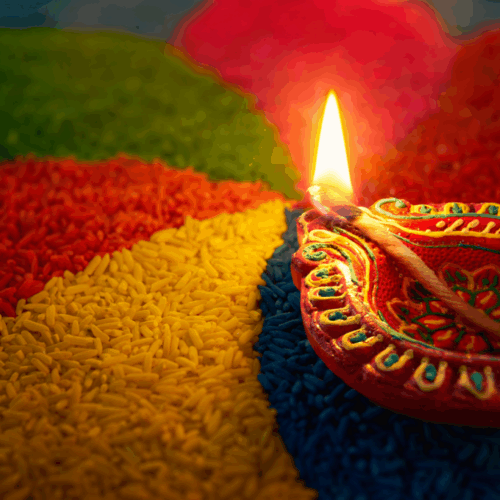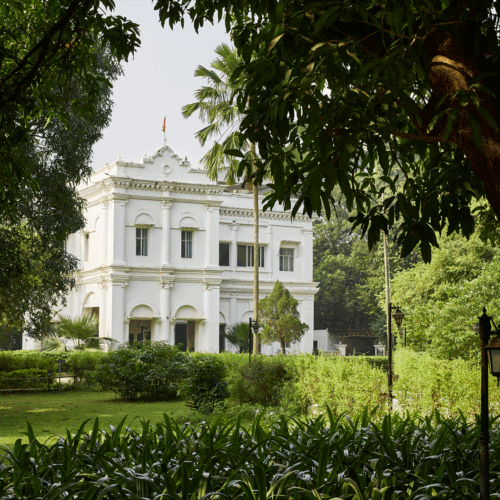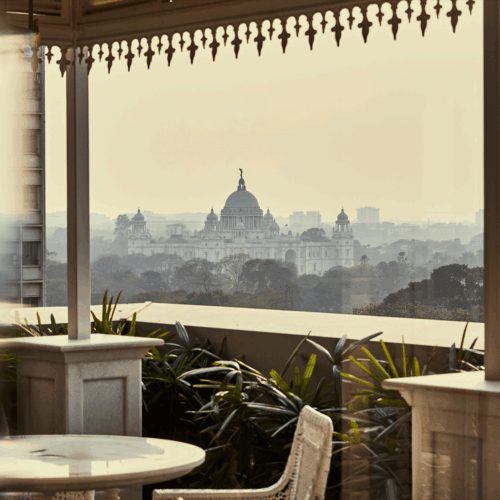Life slows down in Kerala, where fishermen pull nets and children boat to school on lagoons interconnected by serpentine canals and lakes. Along the coast, the azure Arabian Sea laps onto golden beaches while further inland lush tea plantations and verdant rainforests roll along misty mountains, pepper, cardamom and cinnamon grow in spice plantations and Bengal Tigers and Sloth Bears prowl sanctuaries and reserves.
Kerala is also the site with the earliest evidence of Christianity in India after Saint Thomas visited the region in 52 A.D. Today, thousands of people visit to follow in his footsteps, discover his churches and fall in love with the spectacular landscapes of the state.
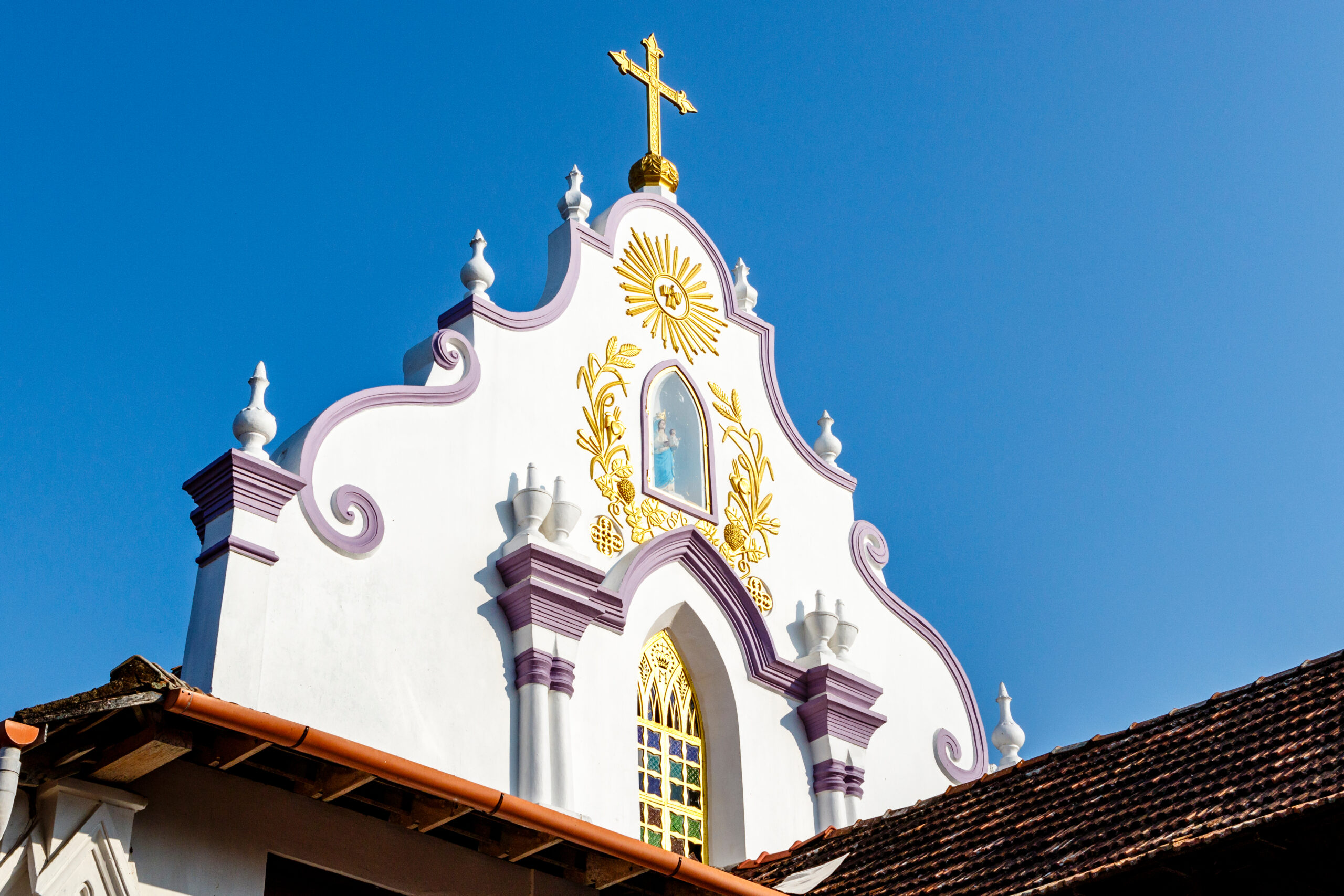
The Arrival of Saint Thomas in Kerala
Almost 3000 years ago, Saint Thomas sailed across an ocean to reach Muziris, an ancient harbor on Kerala’s coastline, drawn in by tales of a rich and diverse trading hub that had long been established in the state.
It was amongst the large Jewish population in Muziris, now Kodungular, that Christianity in India found its early roots. From there, Saint Thomas traveled up and down the picturesque Malabar Coast to continue his teachings, establishing his ‘Seven and a Half Churches’, or ‘Ezharapalli’, along the way.
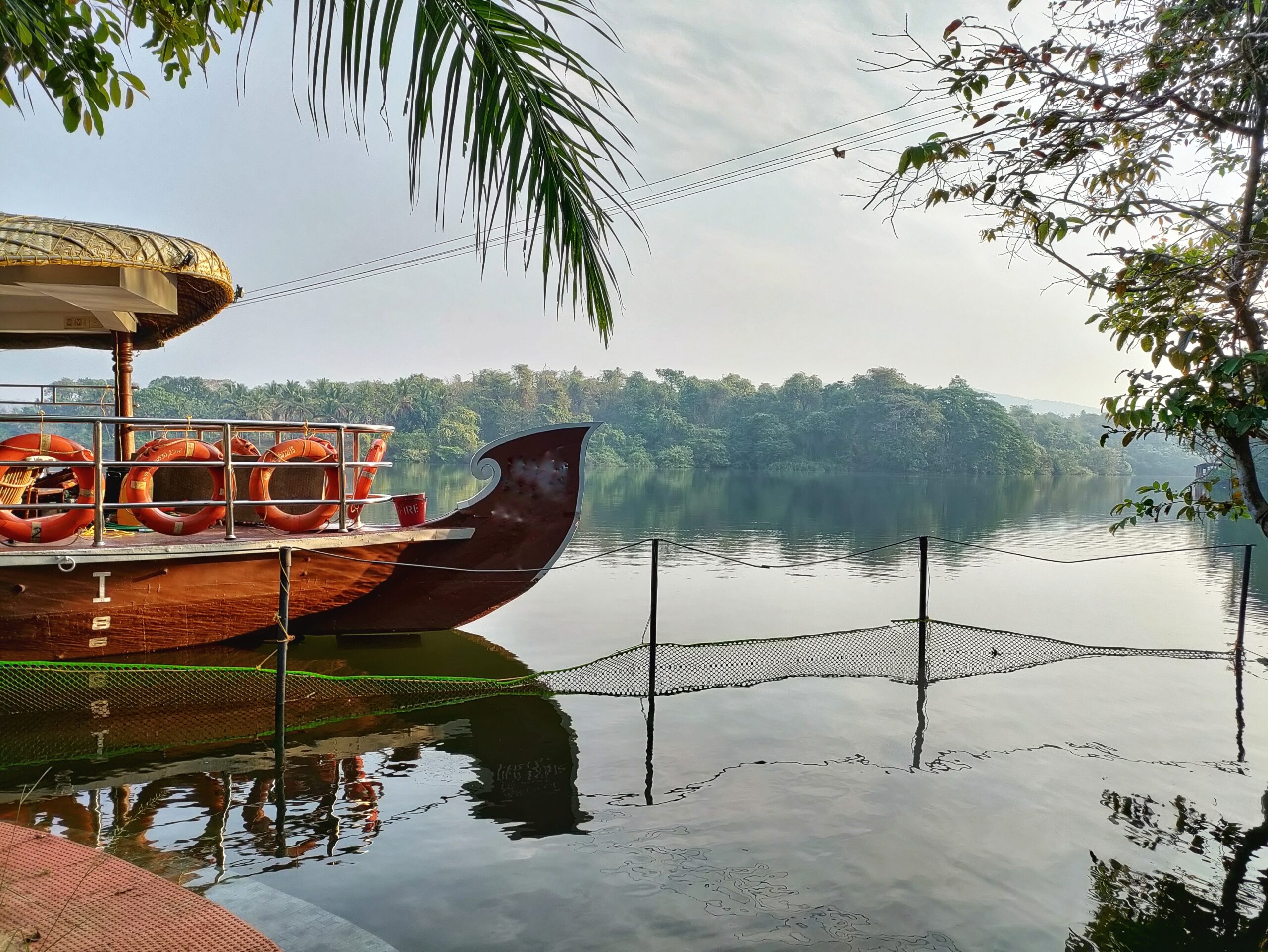
Seven and a Half Churches
Start in Palayur, where Saint Thomas is thought to have performed the first baptism in India. Legend has it that here the Apostle converted a group of Hindu Brahmins by miraculously suspending water in midair in the shape of a rose. He built the St Thomas Syro-Malabar Church which still stands today with much of the original structure intact, including the original altar consecrated by the Saint.
Further south lies Kondungalur where the Marthoma Pontifical Shrine sits on the banks of the River Periyar as a major center for pilgrims and the resting place of a bone from the Apostle’s right arm brought from Ortona. Nearby sits Saint Thomas’s third church, the Kottakkavi Mar Thoma Syro-Malabar Pilgrim Church with an altar that was raised to the status of a privileged altar by Pope Gregory XIII in 1575.
From here, continue traveling along the coast and you’ll discover the St. Thomas Church in Kokkamangalam with a huge cross enshrined by Saint Thomas, the St. Mary’s Orthodox Syrian Church in Niranam that bears striking similarities to ancient temple architecture and Nilackal Saint Thomas Church which sits amongst verdant forests.
Finally, finish at the southernmost Port Kollam Church, also known as Our Lady of Purification Church. After the original church was destroyed by sea erosion, the local people built a new one, which was eventually destroyed in the same way. Today, at low tide, the ruins of the church can still be seen, and, in February 2021, divers retrieved a stone from the ruins and installed it in the new church as a symbol of the community’s unwavering faith.
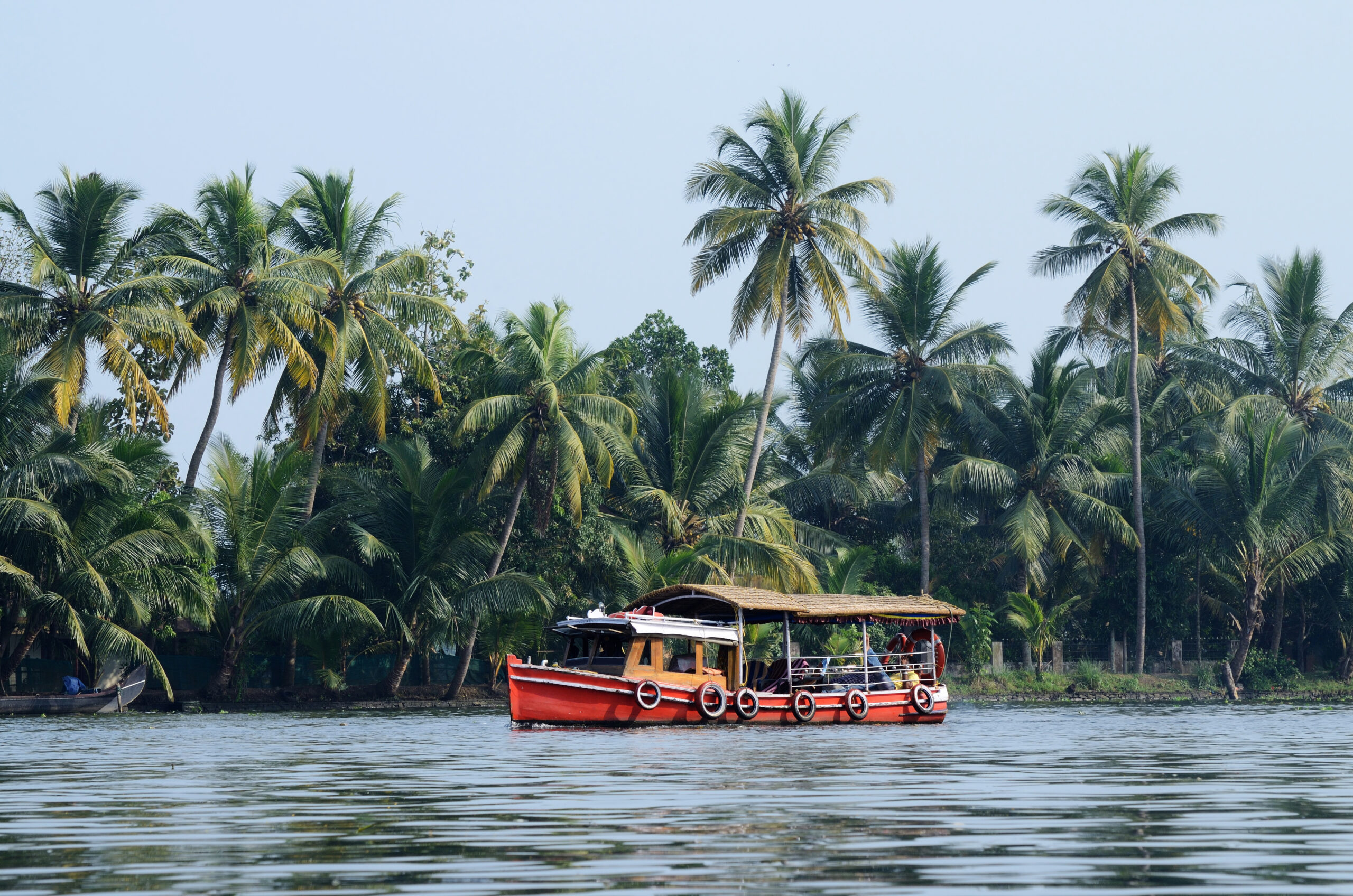
Uncovering Keralan hospitality
A plethora of beautiful hotels are also nestled along Kerala’s Malabar Coast as the perfect retreat between visits to the historic churches. One such is Brunton Boatyard, a Victorian shipbuilding yard reconstructed in an eclectic modern-day fusion of English, Portuguese and Dutch influences. Here an interior of high-vaulted ceilings and antique furnishings meet an exterior of enviable harbor views and an impressive outdoor pool.
Or stay at the Kumarakom Lake Resort, which takes inspiration from the meandering waterways of Kerala. The jewel in the crown of the beautiful resort is the Pool Villas which sit on a 250-meter-long winding pool, each gaining access to the pool via their private bathing coves.
Image credits: Plantations in Kerala by Dmytro Gilitukha © Shutterstock; St Thomas church in Palayur by Jan Willem van Hofwegen © Shutterstock; River Periyar by Aakruti © Shutterstock; Kerala tourist boat by kaetana © Shutterstock.

